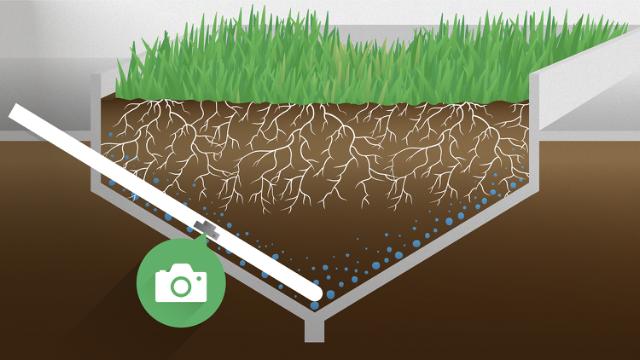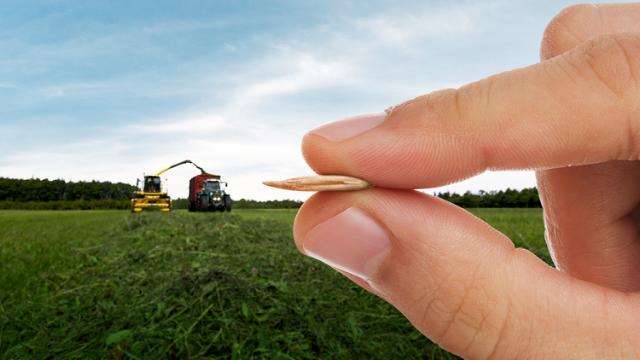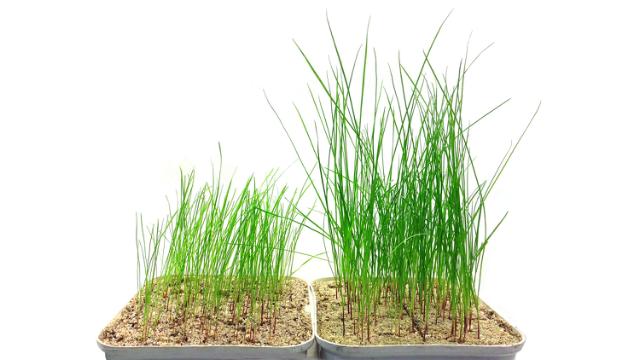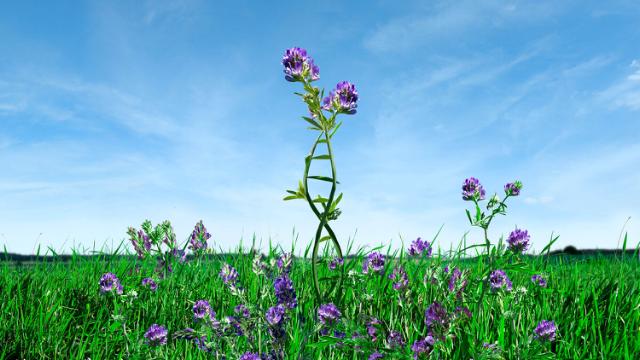
Roots
Changing environmental and climatic conditions challenge your forage production. Grasses that can better handle spring and early summer drought will result in a healthy and high yielding crop.

HF Seeds has been at the forefront of seed breeding technology for over 60 years, helping support British agriculture with the best grass seed mixtures available. As part of the world’s biggest and most successful grass and clover breeder, DLF Seeds, we have access to cutting-edge innovative breeding tools that, most importantly, with local knowledge, help us formulate mixtures that work well for you, the customer.
Agricultural & Specialist Seeds Team:
Telephone: 01506 894820
Email: forage@dlf.co.uk

Changing environmental and climatic conditions challenge your forage production. Grasses that can better handle spring and early summer drought will result in a healthy and high yielding crop.

Higher forage quality. Excellent tolerance. Better yields. There are plenty of great reasons to give the green light to PLUS grasses.

Everybody needs good nutrition to grow. Grass seeds are no exception. That’s why we send our ProNitro® coated seeds into the world with a packed lunch full of nitrogen that will fuel germination and growth.

Our top quality grasses labeled as DLF Fiber Energy improve nutritional intake. The result is more milk and/or meat yields and at the same time a reduced climatic impact.

High drought tolerance, excellent yield with a high protein content and not least a natural nitrogen source. The reasons for choosing DLF Alfalfa are manyfold.

Our top quality grasses labeled as DLF Fiber Energy improve nutritional intake. The result is more milk and/or meat yields and at the same time a reduced climatic impact.
High milk or meat yields are essential for running a profitable farm. The key to this is to keep your herds well fed with home-grown forage. With best in class ForageMax mixtures you increase the nutritional value of your forage and silage.
HF Seeds has been at the forefront of seed breeding technology for over 60 years. This long and successful pedigree has grown over the years as generations of farming families come to trust the HF Seeds brand as the foremost range of grass mixtures that are available.
We're not just about grass at DLF. We supply a range of other feed and commercial crops that support farm profitability. Your Countryside is our diverse range of species and choice of specialist mixtures, bringing Game Cover, Environmental Stewardship, Root Crops and Cover Crops, together in one comprehensive catalogue.

DLF has just launched a new corporate purpose and a new group strategy. Both initiatives mark an important step in DLF's development as a global seed company and emphasize increased interaction with the outside world, customer focus, corporate culture, operational optimization, and the development of employees and the organization.

A new forage plantain, bred in New Zealand but now available in DLF grass ley mixtures in the UK, significantly reduces nitrate leaching from dairy cow urine patches, as well as providing high quality feed.

A significant change in direction at Crokers Grange Farm has seen young farmer Niall Tewson develop a brand new dairy business, milking high health status Jersey cows, selling direct to consumers